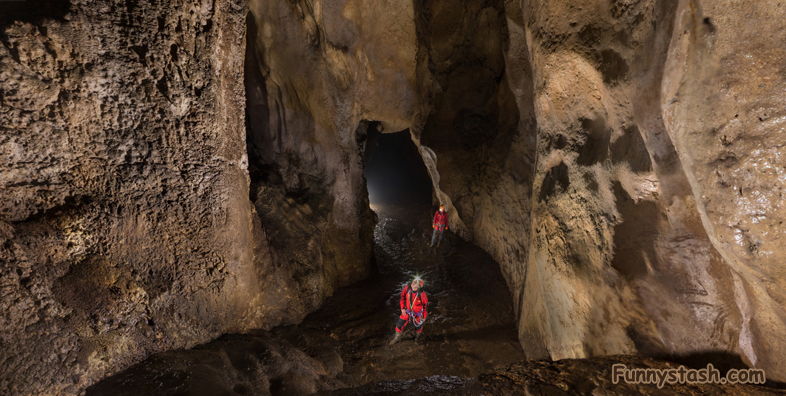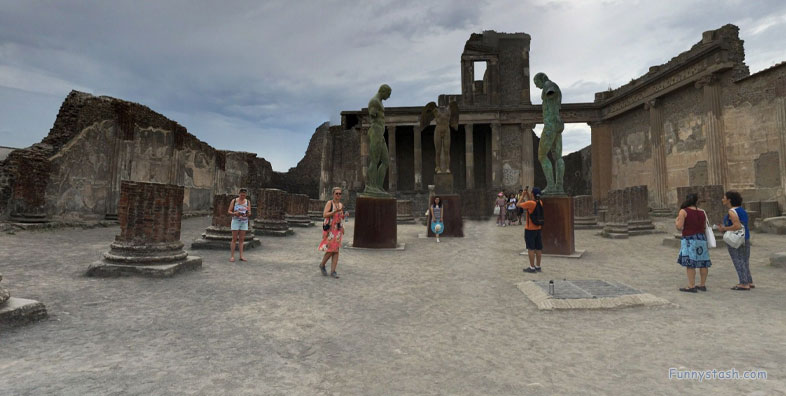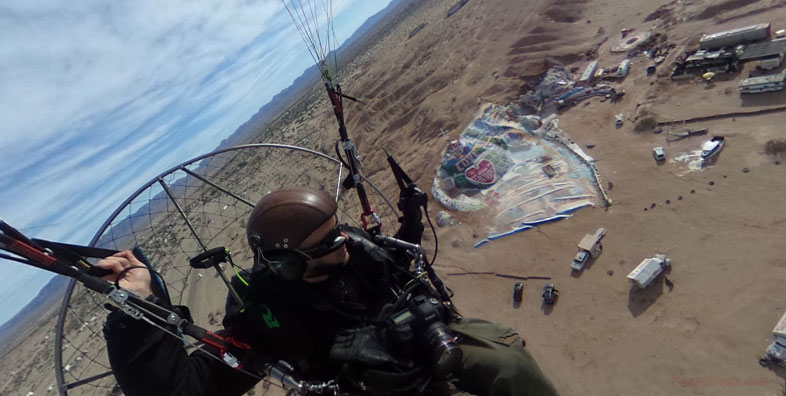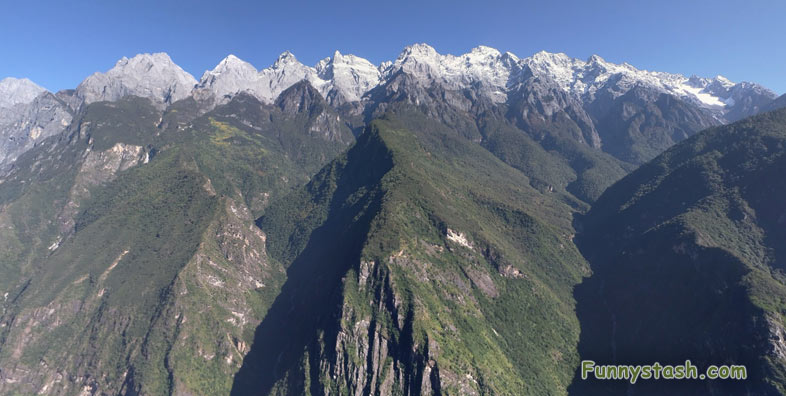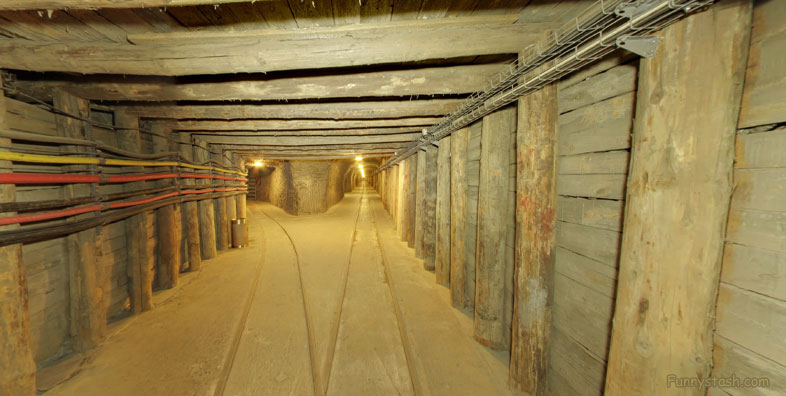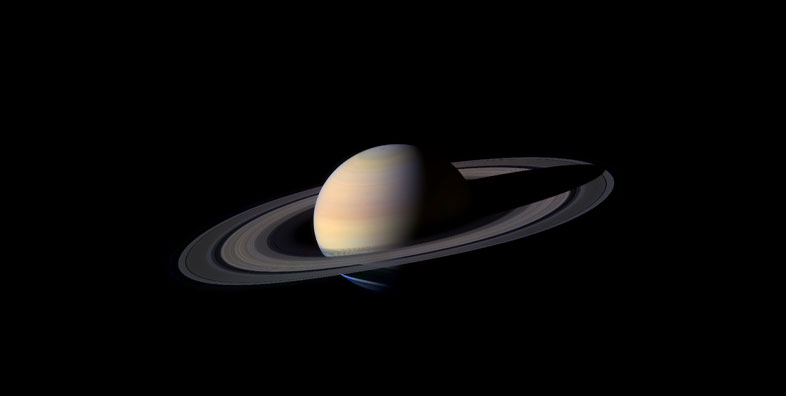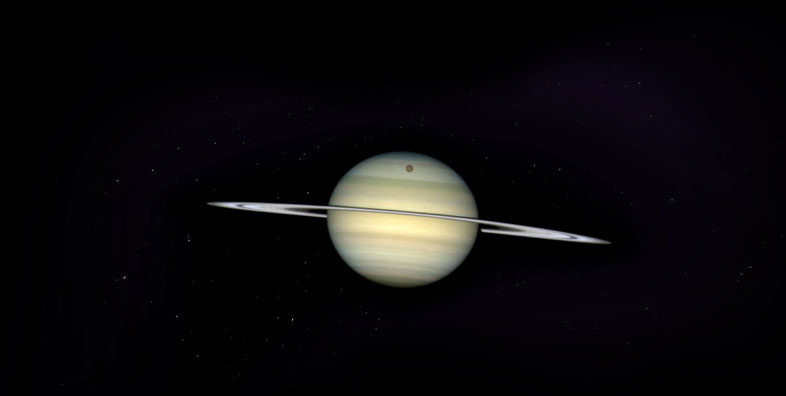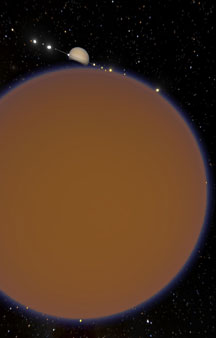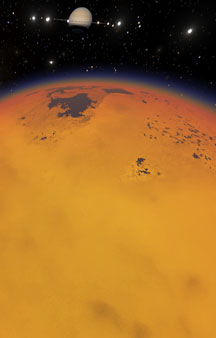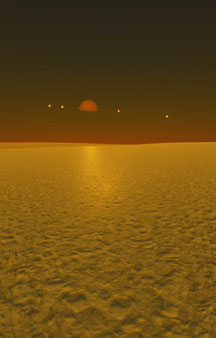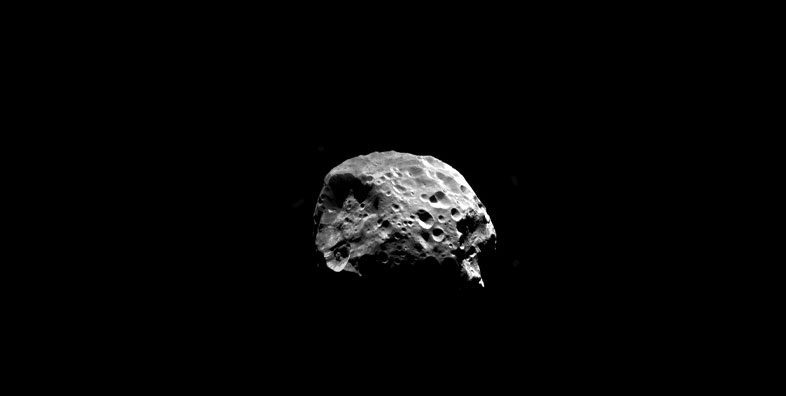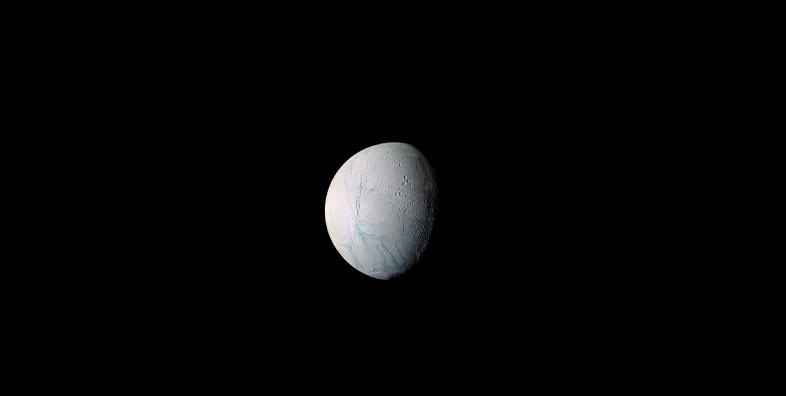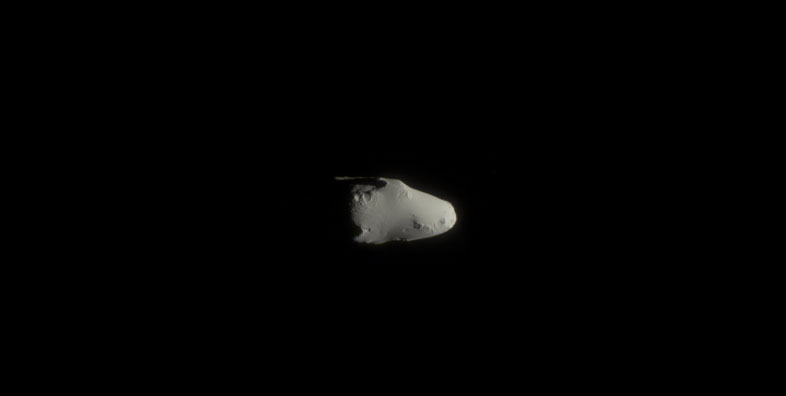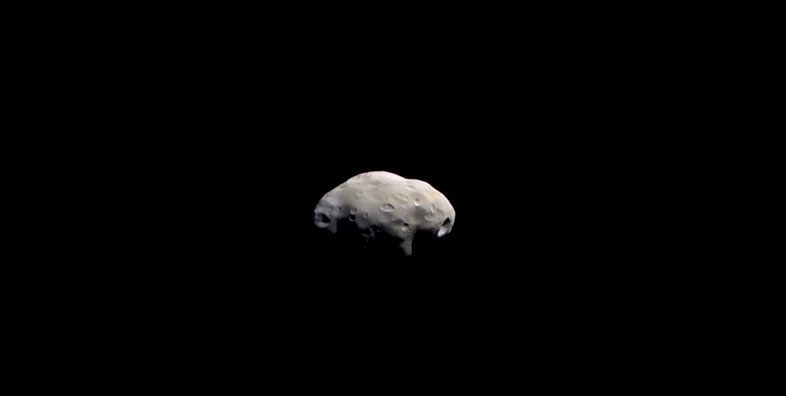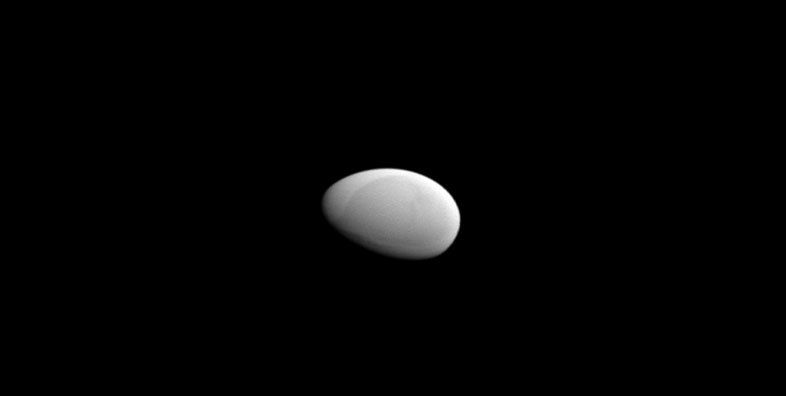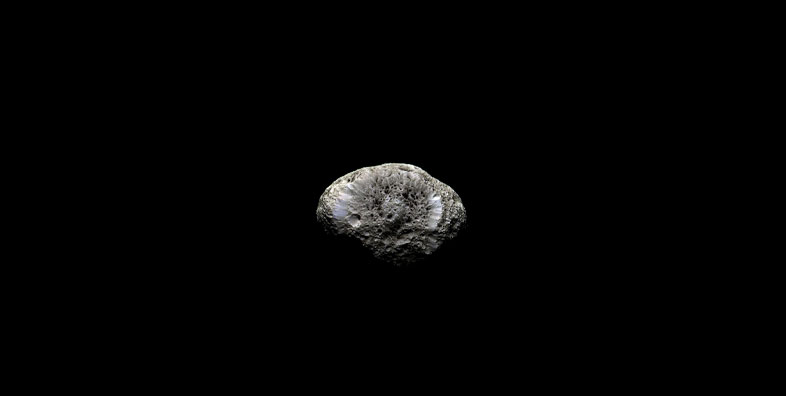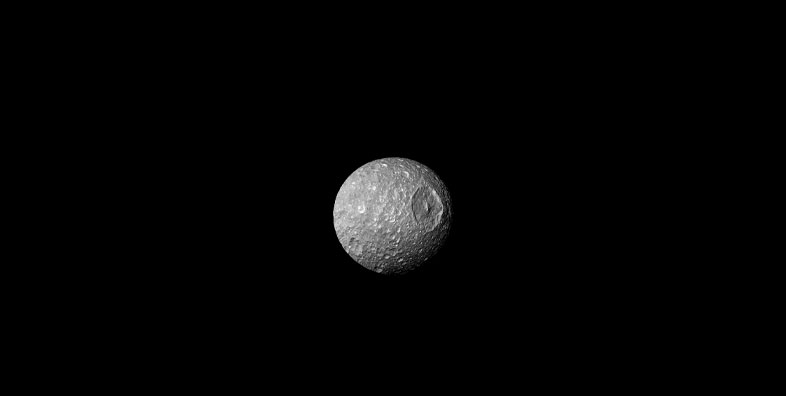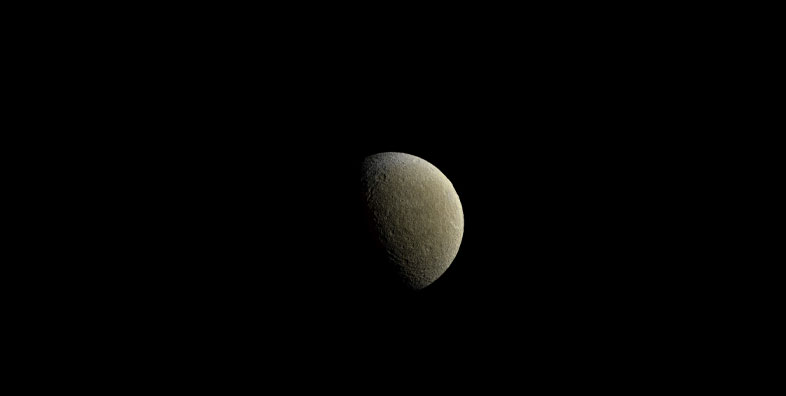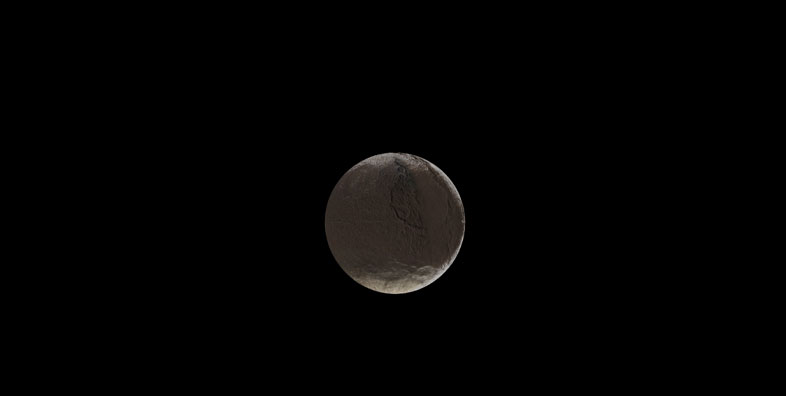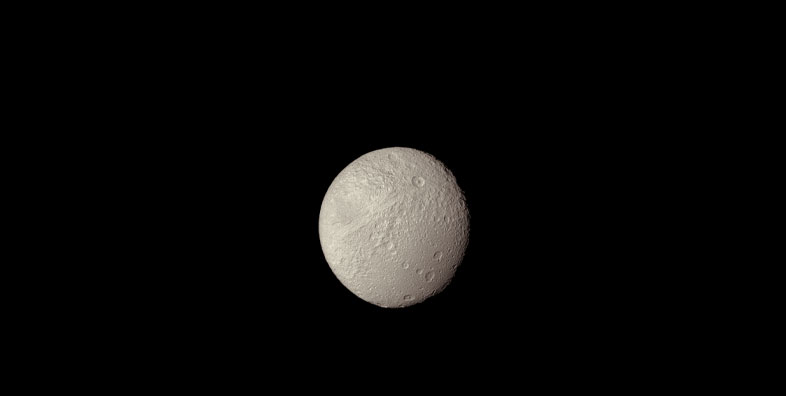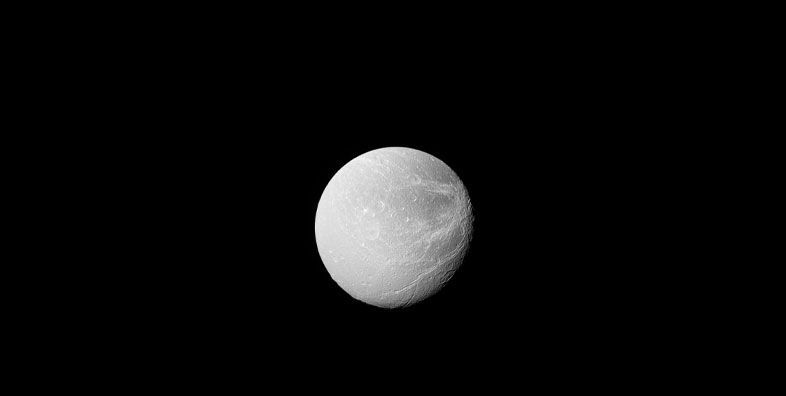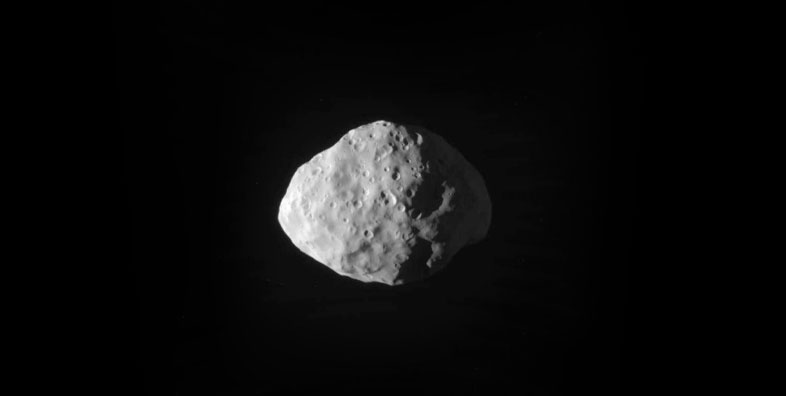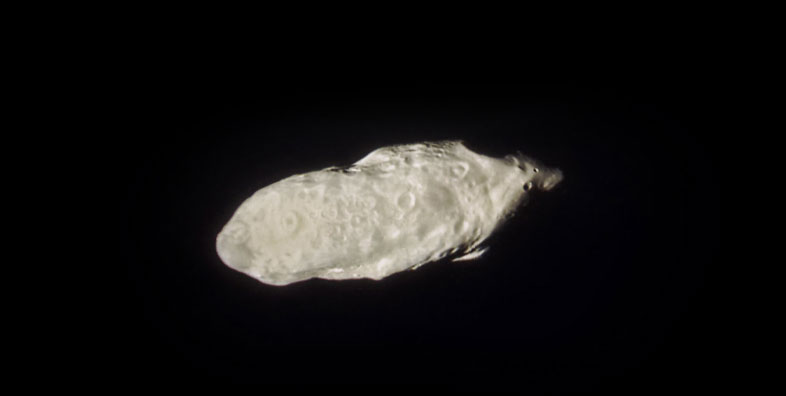Gps Coordinates / 1,514.50 million km (10.1238 AU)
Saturn And Its Moons Space Vr Panoramas
1,514.50 million km (10.1238 AU)
Saturn has 146 moons. Fifty-three moons are confirmed and named and another 29 moons are awaiting confirmation of discovery and official naming.
We listed everyones good favourites sorry if your favourite moons aren't liestd but there are 82 of them afterall.
Saturn's interior is most likely composed of a core of iron–nickel and rock (silicon and oxygen compounds). Its core is surrounded by a deep layer of metallic hydrogen, an intermediate layer of liquid hydrogen and liquid helium, and finally, a gaseous outer layer.
-
Beautiful Scottish observatory image of Saturn with 146 moons orbiting while emitting backwards
Saturn is the sixth planet from the Sun and the second-largest in the Solar System, after Jupiter. It is a gas giant with an average radius of about nine and a half times that of Earth. It has only one-eighth the average density of Earth, however, with its larger volume, Saturn is over 95 times more massive.
Titan is the largest moon of Saturn and the second-largest natural satellite in the Solar System. It is the only moon known to have a dense atmosphere, and is the only known object in space other than Earth on which clear evidence of stable bodies of surface liquid has been found.
-
The name Titan comes from the Titans, a race of immortals in Greek mythology.
Link Location Gps / Gps Link 62°00'11.36" / Gps Link 78°38'13.97 / Gps Link 78°59'25.19"
Gps Coordinates / 62°00'11.36"/164°41'05.25" / 78°38'13.97/118°20'54.14 / 78°59'25.19"/22°49'13.69"
Link Location /360-space/saturns-largest-moon-titan-se-vr-space ← Find Best directions
Titan is one of seven gravitationally rounded moons in orbit around Saturn, and the second most distant from Saturn of those seven. Frequently described as a planet-like moon, Titan is 50% larger (in diameter) than Earth's Moon and 80% more massive. It is the second-largest moon in the Solar System after Jupiter's moon Ganymede, and is larger than the planet Mercury, but only 40% as massive.
Saturn's Moon Phoebe
Phoebe was the first target encountered upon the arrival of the Cassini spacecraft in the Saturn system in 2004, and is thus unusually well-studied for an irregular satellite of its size. Cassini's trajectory to Saturn and time of arrival were specifically chosen to permit this flyby. After the encounter and its insertion into orbit, Cassini did not go much beyond the orbit of Iapetus.
Phoebe was named after Phoebe, a Titaness in Greek mythology that was associated with the Moon.
Phoebe was discovered by William Henry Pickering on 17 March 1899 from photographic plates that had been taken starting on 16 August 1898 at the Boyden Observatory near Arequipa, Peru, by DeLisle Stewart. It was the first satellite to be discovered photographically.
Saturn's Moon Enceladus
Enceladus is the sixth-largest moon of Saturn (19th largest in the Solar System). It is about 310 miles in diameter, about a tenth of that of Saturn's largest moon, Titan. Enceladus is mostly covered by fresh, clean ice, making it one of the most reflective bodies of the Solar System.
-
Enceladus is named after the giant Enceladus of Greek mythology.
Enceladus was discovered on August 28, 1789, by William Herschel, but little was known about it until the two Voyager spacecraft, Voyager 1 and Voyager 2, flew by Saturn in 1980 and 1981. In 2005, the spacecraft Cassini started multiple close flybys of Enceladus, revealing its surface and environment in greater detail.
Saturn's Moon Calypso
Like many other small Saturnian moons and small asteroids, Calypso is irregularly shaped, has overlapping large craters, and appears to also have loose surface material capable of smoothing the craters' appearance. Its surface is one of the most reflective (at visual wavelengths) in the Solar System, with a visual geometric albedo of 1.34.
In 1983 it was officially named after Calypso of Greek mythology.
This very high albedo is the result of the sandblasting of particles from Saturn's E-ring, a faint ring composed of small, water-ice particles generated by Enceladus' south polar geysers. Calypso is a moon of Saturn. It was discovered in 1980, from ground-based observations
Saturn's Moon Pandora
Pandora is an inner satellite of Saturn. It was discovered in 1980 from photos taken by the Voyager 1 probe, and was provisionally designated S/1980 S 26. In late 1985 it was officially named after Pandora from Greek mythology. It is also designated Saturn XVII.
1985 it was officially named after Pandora from Greek mythology.
Pandora was thought to be an outer shepherd satellite of the F Ring. However, recent studies indicate that it does not play such a role, and that only Prometheus, the inner shepherd, contributes to the confinement of the narrow ring. It is more heavily cratered than nearby Prometheus, and has at least two large craters 30 kilometres (19 mi) in diameter.
Saturn's Moon Methone
Methone is a small, egg-shaped moon of Saturn that orbits out past Saturn's ring system, between the orbits of Mimas and Enceladus. It was discovered in 2004, though it wasn't until 2012 that it was imaged in detail by the Cassini spacecraft.
Discovered on 1 June 2004
In May 2012, the Cassini spacecraft took its first close-up photographs of Methone, revealing a remarkably smooth, but non-spherical moonlet. The other arc-imbedded moonlets, Pallene and Aegaeon, are thought to be similar.
Saturn's Moon Hyperion
Hyperion's discovery came shortly after John Herschel had suggested names for the seven previously known satellites of Saturn in his 1847 publication Results of Astronomical Observations made at the Cape of Good Hope.
The moon is named after Hyperion, the Titan god of watchfulness and observation
Hyperion is one of the largest bodies known to be highly irregularly shaped in the Solar System. The only larger moon known to be irregular in shape is Neptune's moon Proteus. Hyperion has about 15% of the mass of Mimas, the least massive known ellipsoidal body. The largest crater on Hyperion is approximately 121.57 km (75.54 mi) in diameter and 10.2 km (6.3 mi) deep.
Saturn's Moon Mimas
The surface area of Mimas is slightly less than the land area of Spain. The low density of Mimas, 1.15 g/cm3, indicates that it is composed mostly of water ice with only a small amount of rock.
Mimas is named after one of the Giants in Greek mythology, Mimas.
The Mimantean surface is saturated with smaller impact craters, but no others are anywhere near the size of Herschel. Although Mimas is heavily cratered, the cratering is not uniform. Most of the surface is covered with craters larger than 40 km (25 mi) in diameter, but in the south polar region, there are generally no craters larger than 20 km (12 mi) in diameter.
Saturn's Moon Rhea
Cassini named the four moons he discovered to honor King Louis XIV. Astronomers fell into the habit of referring to them and Titan as Saturn I through Saturn V. Once Mimas and Enceladus were discovered, in 1789, the numbering scheme was extended to Saturn VII, and then to Saturn VIII with the discovery of Hyperion in 1848.
Rhea is named after the Titan Rhea of Greek mythology
Rhea was not named until 1847, when John Herschel (son of William Herschel, discoverer of the planet Uranus, and two other moons of Saturn, Mimas and Enceladus suggested in Results of Astronomical Observations made at the Cape of Good Hope that the names of the Titans, sisters and brothers of Kronos (Saturn, in Roman mythology), be used.
Saturn's Moon Iapetus
The orbit of Iapetus is somewhat unusual. Although it is Saturn's third-largest moon, it orbits much farther from Saturn than the next closest major moon, Titan. It has also the most inclined orbital plane of the regular satellites, only the irregular outer satellites like Phoebe have more inclined orbits.
Iapetus is named after the Titan Iapetus from Greek mythology
Iapetus is the third-largest natural satellite of Saturn and the eleventh-largest in the Solar System. Discoveries by the Cassini mission in 2007 revealed several unusual features, such as a massive equatorial ridge running three-quarters of the way around the moon and a distinctive color pattern.
Saturn's Moon Tethys
The surface of Tethys mostly consists of hilly cratered terrain dominated by craters more than 40 km in diameter. A smaller portion of the surface is represented by the smooth plains on the trailing hemisphere. There are also a number of tectonic features such as chasmata and troughs.
Tethys seen from from Voyager named after the titan Tethys of Greek mythology
Pioneer 11 flew by Saturn in 1979, and its closest approach to Tethys was 329,197 km on 1 September 1979. One year later, on 12 November 1980, Voyager 1 flew 415,670 km from Tethys. Its twin spacecraft, Voyager 2, passed as close as 93,010 km from the moon on 26 August 1981. Although both spacecraft took images of Tethys, the resolution of Voyager 1's images did not exceed 15 km, and only those obtained by Voyager 2 had a resolution as high as 2 km.
Saturn's Moon Dione
Shape and gravity observations collected by Cassini suggest a roughly 400 km radius rocky core surrounded by a roughly 160 km envelope of H2O, mainly in the form of water ice, but with some models suggesting that the lowermost part of this layer could be in the form of an internal liquid salt water ocean (a situation similar to that of its orbital resonance partner, Enceladus).
Named after the Titaness Dione of Greek mythology.
Though somewhat smaller and denser, Dione is otherwise very similar to Rhea. They both have similar albedo features and varied terrain, and both have dissimilar leading and trailing hemispheres. Dione's leading hemisphere is heavily cratered and is uniformly bright. Its trailing hemisphere, however, contains an unusual and distinctive surface feature: a network of bright ice cliffs.
Saturn's Moon Janus
Janus was identified by Audouin Dollfus on 15 December 1966 and given the temporary designation S/1966 S 2. Photographed Janus on 29 October 1966 without realising it. On 18 December, Richard Walker observed an object in the same orbit as Janus, but whose position could not be reconciled with the previous observations.
Also known as Saturn X, named after the mythological Janus.
Twelve years later, in October 1978, Stephen M. Larson and John W. Fountain realised that the 1966 observations were best explained by two distinct objects (Janus and Epimetheus) sharing very similar orbits, Walker is now credited with the discovery of Epimetheus. Voyager 1 confirmed this orbital configuration in 1980.
Saturn's Moon Prometheus
Prometheus is an inner satellite of Saturn. It was discovered in 1980 (on October 24) from photos taken by the Voyager 1 probe, and was provisionally designated S/1980 S 27. In late 1985 it was officially named after Prometheus, a Titan in Greek mythology. It is also designated Saturn XVI.
Prometheus is itself a significant perturber of Atlas
Prometheus is extremely elongated, measuring approximately 85 mi × 49 mi × 37 mi. It has several ridges and valleys and a number of impact craters of about 12 mi diameter are visible, but it is less cratered than nearby Pandora, Epimetheus, and Janus. From its very low density and relatively high albedo, it is likely that Prometheus is a very porous icy body. There is much uncertainty in these values, however, and so this remains to be confirmed.
-
